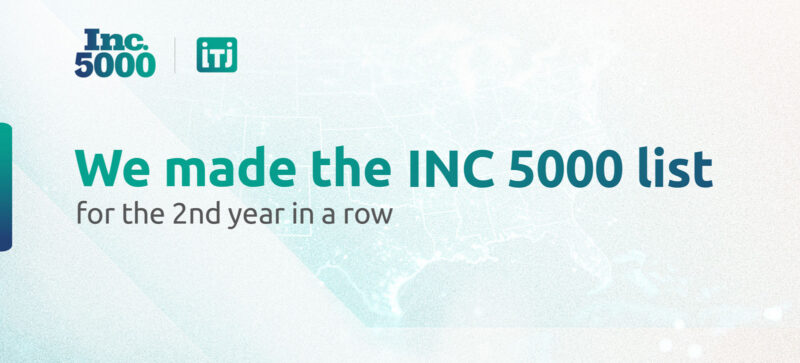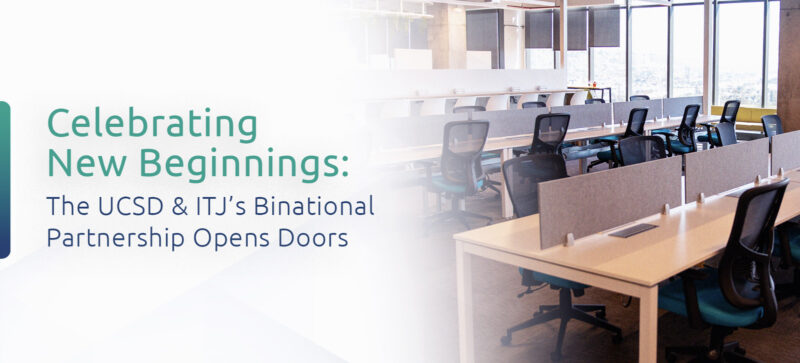Accelerating Our Client's Digital Innovation
ITJ builds and operates high-performing nearshore teams to accelerate digital innovations, connecting world-class talent with a commitment to excellence to support clients’ strategic goals.
Trusted by Our Clients
With proven expertise and passion for excellence, we empower our clients to accelerate
their digital innovations
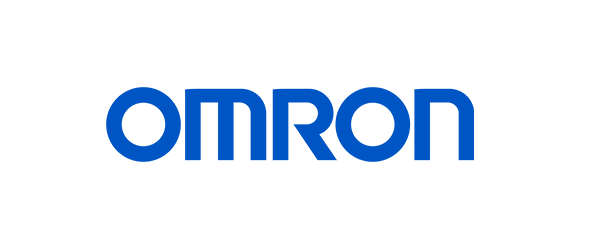

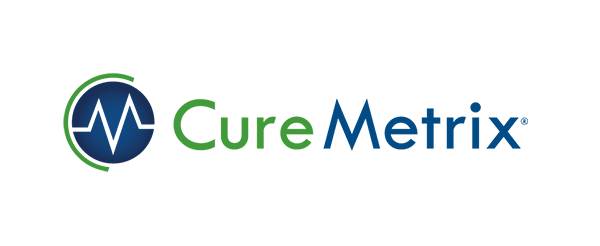









Our Difference
From Build to Operate, We Enable Software Centers of Excellence
ITJ transforms software engineering by seamlessly connecting top-tier LATAM talent with cutting-edge Life Science companies. With specialized expertise and strategic partnerships in Life Sciences and Healthcare, we offer a proven methodology to rapidly deploy and scale teams tailored to your unique needs.
Our Services are Designed to:
Optimize R&D investments
Navigate complex regulatory landscapes while protecting IP
Areas of Expertise
As a trusted software engineering partner, ITJ collaborates with you to source, enable,
and manage top technical talent. Using advanced tools and processes, we establish
Centers of Exellence across these key areas:
Software
Engineering
Regulatory
& Compliance
Platform
& Infrastructure
Agile Framework
& Practice
Operations
Engineering
Bioinformatics
AI & Machine
Learning
Quality
Assurance
IT
Systems
Awards & Recognition
We’re honored to be recognized for our commitment to innovation and excellence:
#9 2024 SDBJ Fastest Growing Company in San Diego
Among INC Magazine’s 2024 Fastest Growing Private Companies List in the US
ITJ’s CEO, Maritza Díaz, Member of the Forbes Technology Council since 2021
ITJ is now ISO 27001 certified!
This milestone reflects our commitment to the highest standards of information security
in the News
Let's Talk
Your Digital Acceleration Starts Here
2.
In a tight timeframe, we’ll finalize your services needs, establish an effective engagement plan, and swiftly get you your new team.
3.
Once milestones are set, we ensure our team blends seamlessly with yours. We’ll stay in touch to confirm they meet expectations, adapt to your needs, and handle responsibilities efficiently.
